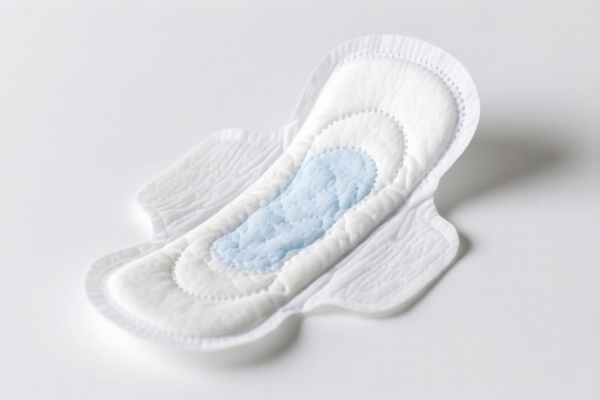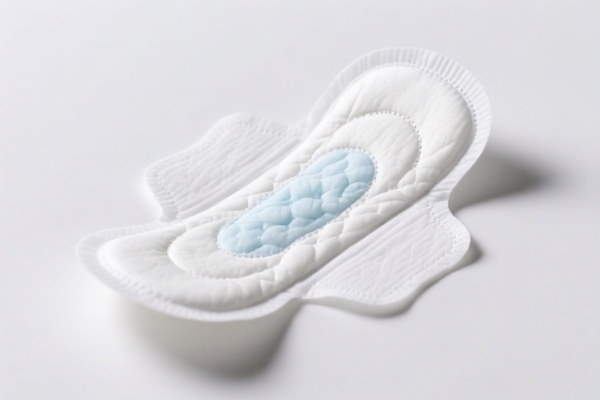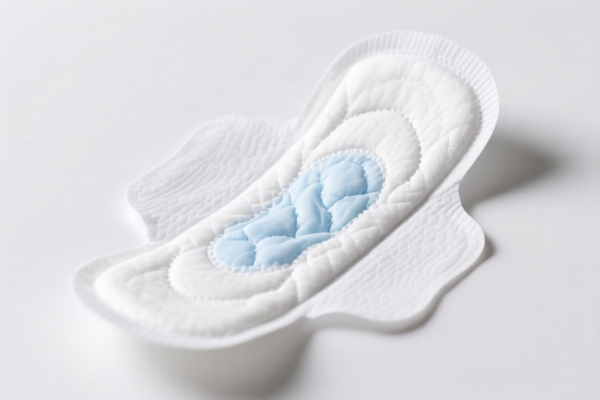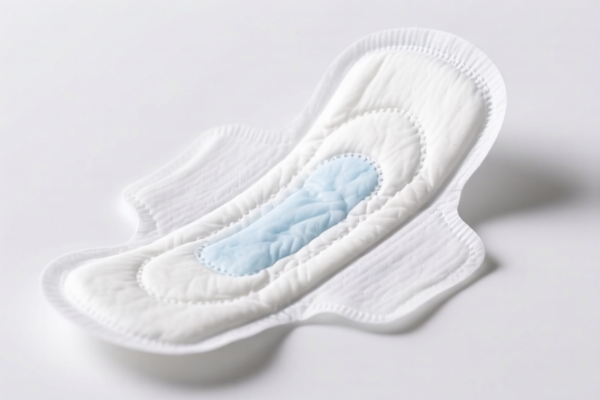| HS Code | Official Doc | Tariff Rate | Origin | Destination | Effective Date |
|---|---|---|---|---|---|
| 3825900100 | Doc | 55.0% | CN | US | 2025-05-12 |
| 3825690000 | Doc | 55.0% | CN | US | 2025-05-12 |
| 3824994140 | Doc | 59.6% | CN | US | 2025-05-12 |
| 6114909070 | Doc | 35.6% | CN | US | 2025-05-12 |
| 6114909045 | Doc | 35.6% | CN | US | 2025-05-12 |
| 4818900080 | Doc | 37.5% | CN | US | 2025-05-12 |
| 4823908620 | Doc | 55.0% | CN | US | 2025-05-12 |
| 4823906000 | Doc | 55.0% | CN | US | 2025-05-12 |




Washable Sanitary Pad
Washable sanitary pads are reusable feminine hygiene products designed as an alternative to disposable pads. They are constructed from absorbent materials and offer a more sustainable and often more comfortable option for managing menstrual flow.
Material
Typically, washable pads consist of several layers:
- Top Layer: Often made of fabrics like cotton, bamboo, or microfiber, chosen for their softness and ability to wick moisture away from the skin.
- Absorbent Core: This is the primary absorbent layer, commonly utilizing cotton flannel, bamboo fleece, hemp, or microfiber. The number of layers dictates absorbency.
- Waterproof Layer (PUL/Water-resistant fabric): A polyurethane laminate (PUL) or a water-resistant fabric is used to prevent leaks.
- Backing Layer: Often cotton or flannel for comfort and to secure the pad.
Purpose
The primary purpose of washable sanitary pads is to absorb menstrual flow, providing protection during menstruation. They aim to offer a comfortable, eco-friendly, and cost-effective alternative to disposable pads.
Function
Washable pads function similarly to disposable pads, adhering to underwear with snaps or wings. The absorbent core captures menstrual fluid, while the waterproof layer prevents leakage. After use, they are rinsed, washed, and reused.
Usage Scenarios
- Everyday Use: Suitable for light to heavy flow, depending on the pad's absorbency level.
- Nighttime Use: Longer and more absorbent pads are available specifically for overnight protection.
- Postpartum Bleeding: Some individuals use washable pads for managing postpartum lochia.
- Travel: A convenient and eco-conscious option for travel, reducing waste.
- Sensitive Skin: Often preferred by individuals with sensitivities to the chemicals found in disposable pads.
Common Types
- Regular/Light Pads: Shorter in length, suitable for lighter flows or as backup with a menstrual cup. Typically 8-12 inches long.
- Regular Pads: Standard length pads, suitable for moderate flows. Around 12 inches long.
- Heavy/Overnight Pads: Longer and wider with increased absorbency, designed for heavy flows and nighttime use. Typically 14-18 inches long.
- Panty Liners: Smaller pads for light discharge or as backup with other menstrual products.
- Shaped Pads: Contoured to fit the body for better comfort and security.
- Pad Holders: Fabric "pockets" with a waterproof backing to hold disposable pads, offering a reusable element.
- All-in-One Pads: A single piece with absorbent layers and a waterproof backing, attached directly to underwear.
- Booster Pads: Additional absorbent layers to be used with other pads for increased protection.
Washable sanitary pads are absorbent articles designed for personal hygiene during menstruation. They are reusable alternatives to disposable pads, typically made from layers of absorbent fabric like cotton or microfiber.
The following HS codes may be relevant based on the provided reference material:
-
4818900080: Toilet paper and similar paper, cellulose wadding or webs of cellulose fibers, of a kind used for household or sanitary purposes, in rolls of a width not exceeding
36 cm , or cut to size or shape; handkerchiefs, cleansing tissues, towels, tablecloths, table napkins, bed sheets and similar household, sanitary or hospital articles, articles of apparel and clothing accessories, of paper pulp, paper, cellulose wadding or webs of cellulose fibers: Other Other. While primarily covering paper products, this code includes "articles of apparel and clothing accessories, of paper pulp, paper, cellulose wadding or webs of cellulose fibers," which could encompass sanitary pads if constructed from these materials.- Chapter 48: Paper, paperboard, cellulose wadding and webs of cellulose fibers.
- Heading 4818: Toilet paper, sanitary towels, handkerchiefs, cleansing tissues, table napkins, bed sheets and similar household, sanitary or hospital articles.
- Subheading 4818900080: Other articles of paper pulp, paper, cellulose wadding or webs of cellulose fibers.
-
6114909070: Other garments, knitted or crocheted: Of other textile materials: Other Other: Other (859). If the sanitary pad is constructed from knitted or crocheted textile materials, this code may apply.
- Chapter 61: Articles of apparel and clothing accessories, knitted or crocheted.
- Heading 6114: Other garments, knitted or crocheted.
- Subheading 6114909070: Other garments, knitted or crocheted, of other textile materials.
According to the provided reference material, the HS code options related to 'washable sanitary pad' are limited, with only the following 2 found. It is important to determine the exact material composition of the pad to ensure correct classification. If the pad contains a significant amount of paper pulp or cellulose wadding, 4818900080 may be appropriate. If it is primarily made of knitted or crocheted textiles, 6114909070 should be considered.
Customer Reviews
No reviews yet.